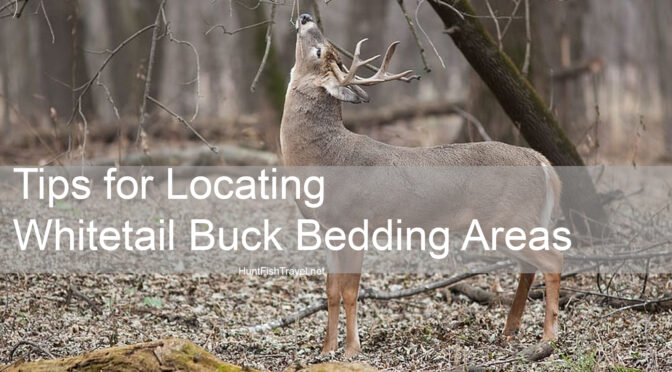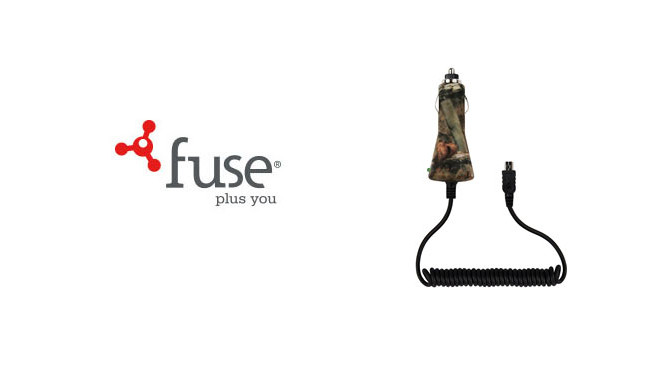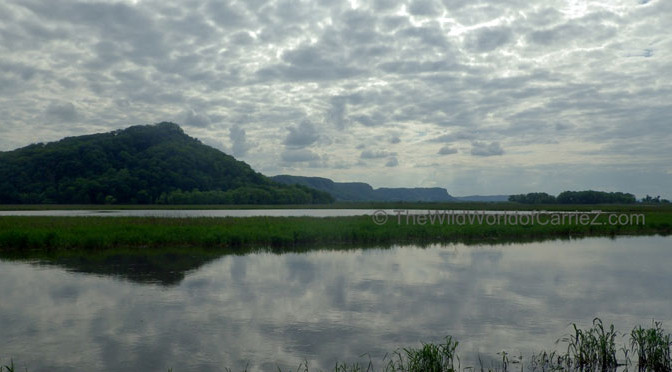A lot of articles, podcasts and forums will tell you to locate a buck’s bedding areas. But how do you do that?
Here are three tips that will help you be successful.
#1. Find the thickest, nastiest, thorn ridden patch of underbrush you can. Whether it’s dogwood, cornfields, kudzu or cattails, the thicker the cover, the safer he’ll feel. A mature buck is a smart deer, he knows that he’ll hear a predator coming through the thick of it, and the more cover the better silhouette concealment.
#2. Look up. Chances are that during the day, bucks are bedded down in a high area. They will come out under the guise of darkness to feed in the lowlands, but they will rest high where visibility is greatest and thermals carry scents upward to their delicate noses.
#3. Determine if it’s actually a bed made by a buck. Once the pre-rut has started, solo beds are usually made by mature bucks. A bed with a few smaller ones near it will probably be a doe with her fawns. Or if there are several sized beds, it is probably made by a group of does. Pay attention to the size of the beds. A mature buck is longer and wider than a doe. If you come across a bed that is larger than the ones you’ve been seeing, it is more than likely a buck’s bed. If you come across an area that has several of the same sized beds pressed into the brush, chances are you’ve found a core bedding area, the spot he returns to repeatedly.
#4. Follow the rub line. If you are able to locate a buck’s rub line, you can follow it straight to the bedding area. Chances are he will be moving from bedding area and food source, even if it is in a circuitous path. *Note: If you are going to follow any deer path; but especially a mature Whitetail Buck’s rub line – make sure you are completely scent free and that you travel during the height of the day when the deer will be less likely to be moving.
#5. Smell it. Without touching anything other than what touches your rubber boots, get your nose right down into the bedding area. Does it have that musky, male “sex” smell? If you’ve ever smelled a buck after he’s just covered a doe you’ll know exactly the smell I’m talking about. It’s bitter and rank and unmistakable.
Good luck!
Discover more from The HuntFishTravel Show
Subscribe to get the latest posts sent to your email.



